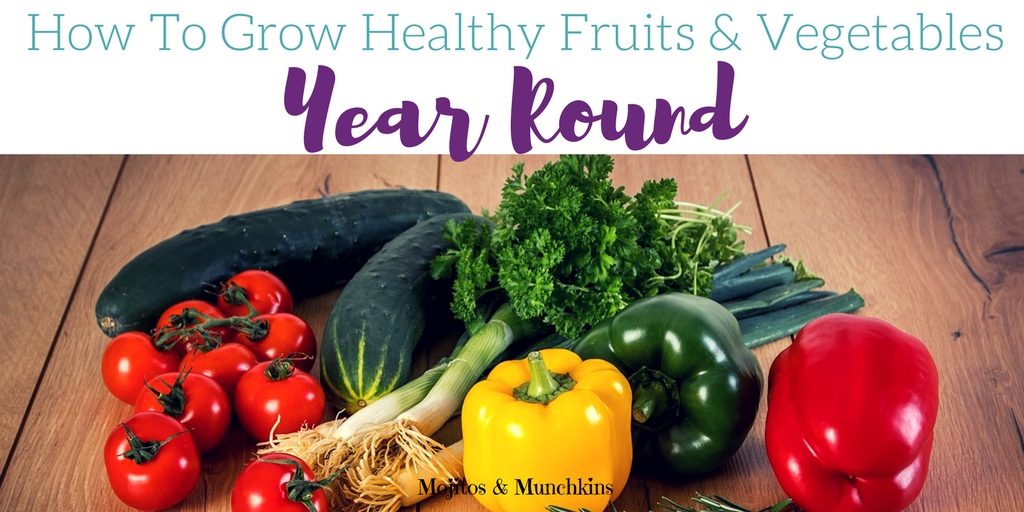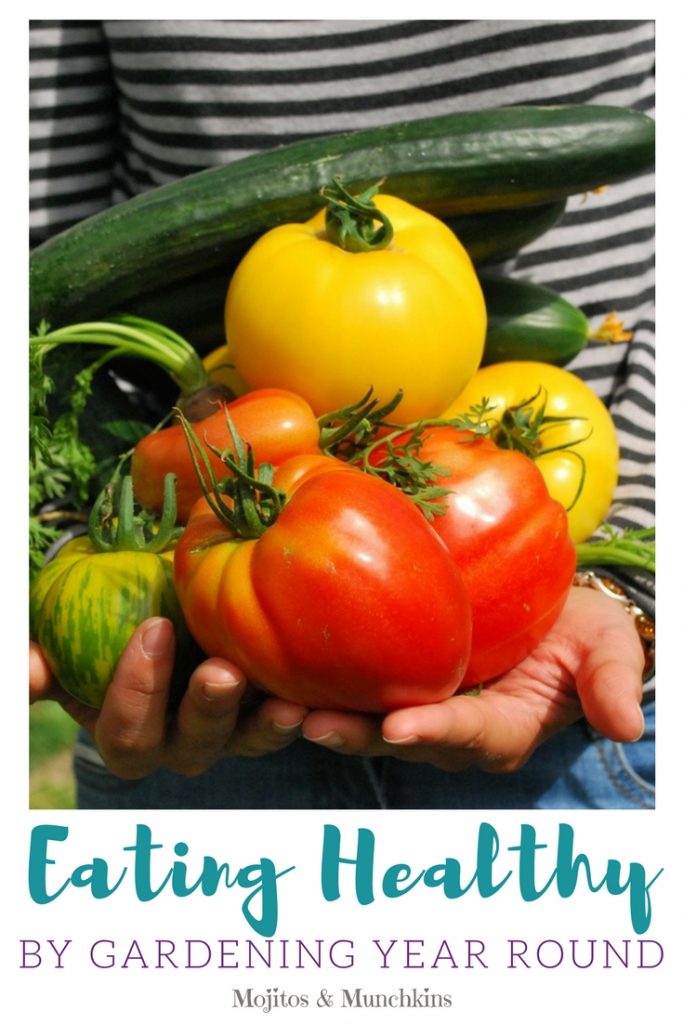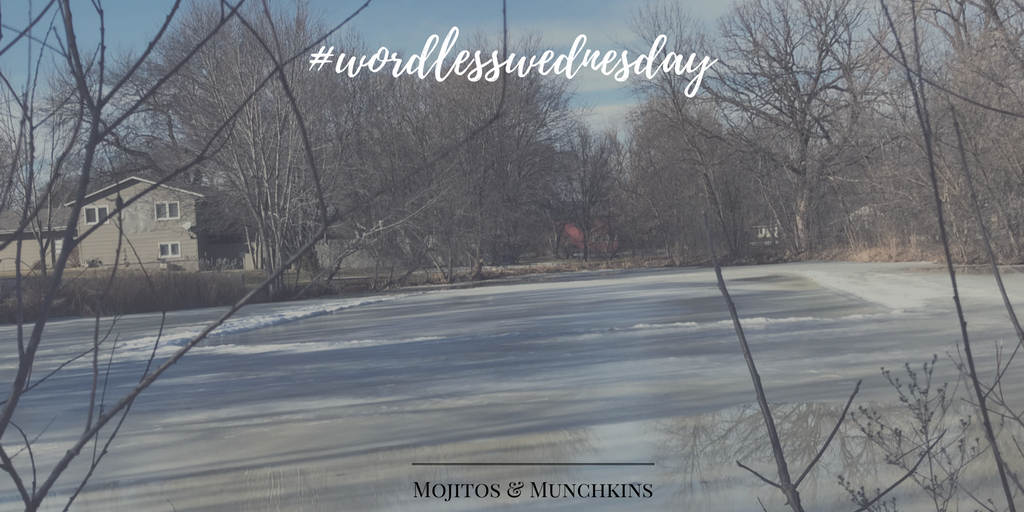Thanks to Ann Katelyn from Sumo Gardener for guest posting.
How to Grow Healthy Fruits and Vegetables Year Round
Healthy fruits and vegetables typically have a specific time when they should be grown. However, is it possible to keep your garden growing various plants throughout the year? To keep it short, yes. With the right knowledge and garden care, you’ll easily learn how to grow healthy fruits and vegetables year round.

Identify the Frost Dates
If you want your fruits and vegetables to grow well, you need to learn when the first and last frosts of the year will occur. A sudden dip in temperatures will severely affect plant growth. For gardeners residing in Minnesota, for example, their USDA plant hardiness zones range from three to five. The dates won’t always be the same every year, so you should still check the local weather updates.
Still, these frost dates are highly reliable for sowing seeds and transplanting your fruits and vegetables. It’s also worth noting that there is a gap of about 145 days between the last frost and the first frost in Minnesota. Bloomington and Eagan have their last frost every April 29 and their first frost on October 5. For Brooklyn Park and Plymouth, the last frost occurs on May 1 while the first frost will be on October 2. Homeowners in Minneapolis, Saint Paul, and Woodbury should prepare for the last frost on May 11 and the first frost on September 27. St. Cloud City will have the last frost on May 12 and a first frost on September 23. As for Rochester, May 5 is its last frost date while September 28 is the first frost date. Finally, Duluth will have the last frost on June 9 and the first frost on September 5, which is the earliest one among all cities in Minnesota.
Here is a video about plant zones:
Which Healthy Fruits and Vegetables to Grow

There are many healthy fruits you can grow in Minnesota: Apples, apricots, pears, plums, cherries, raspberries, strawberries, currants, and grapes, among others. For vegetables, you can pick among the following: Beans, beets, broccoli, Brussels sprouts, cabbage, carrots, cauliflower, cucumber, kale, lettuce, peas, peppers, spinach, and tomatoes.
Minnesota gardeners in the USDA Plant Hardiness Zone 3 can begin to plant indoors as early as April, and harvest the crops from August until September. Homeowners in the USDA Zone 4 usually begin in the middle of April, but they can harvest certain crops as early as June and as late as October. For people in the USDA Zone 5, planting indoors starts between late March and early April, with the harvest period ranging from June until October.
Keep the Soil Healthy All Year Long

While it is best to grow the seeds indoors and transplant the seedlings after, your garden soil needs care all throughout the year. Every season will affect it. Extremely hot summer temperatures can lead to dried out and compacted soil. In contrast, too much rainfall combined with regular irrigation will lead to overwatering, soggy soil, and the inability to efficiently absorb nutrients.
One way to keep your soil healthy enough to ensure nutrients in your plants is fertilizing. Applying garden fertilizer at the right time will help your fruits and vegetables to survive summer temperatures. Instead of early spring fertilizing that is disadvantageous for root growth, you should fertilize your garden between late summer and early fall. Come harvest time, you’ll be able to have well-sized fruits and vegetables.
Go for the broadcast method using a drop spreader or a rotary spreader before you grow any crops in your garden bed. Use a grid pattern to have an even fertilizer coverage. If you need to fertilize a specific area, you can apply a granular fertilizer by hand. Just place the granules around the base of your fruit and vegetable plants. Regardless of how you apply the fertilizer, you need to have a soil test to see what nutrients the garden soil needs the most. Likewise, you should do it during the morning and when there are no strong winds that can lead to runoff pollution. Also, do not use more garden fertilizer than necessary as this will also have detrimental effects.
We hope that our quick guide will ensure that your garden will support optimal growth of fruits and vegetables alike throughout the year. If you have any questions, feel free to post a comment below!
Be sure to pin this article for your reference, or to go back and finish reading later!

Are you interested in finding out the Best Vegetables to Eat in Winter to Stay Healthy? Mojitos and Munchkins has you covered. We are also excited to share a delicious Fruit Dip that goes with any fruit you grow in your garden, and more!
Photo Credit: Mojitos and Munchkins, Pixabay, PXHere






